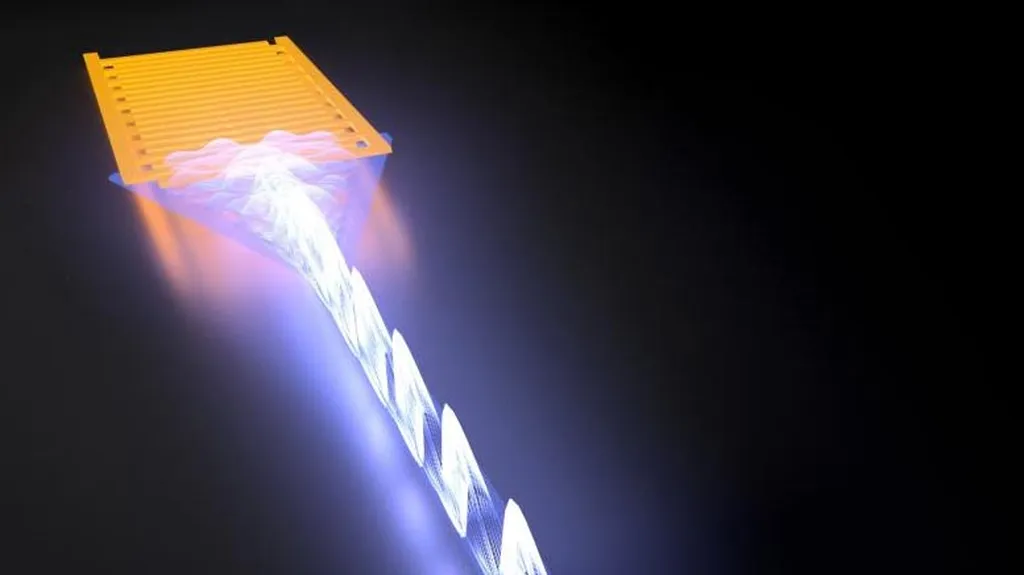In the realm of quantum and classical electronics, non-reciprocal devices play a pivotal role, acting as crucial components that enable one-way signal flow. A recent study published in the journal ‘Materials for Quantum Technology’ (translated as ‘Materialy dlya Kvantovykh Tekhnologiy’), led by Stefano Bosco from QuTech and the Kavli Institute of Nanoscience at Delft University of Technology, has made significant strides in understanding and developing passive non-reciprocal microwave devices. These devices could have profound implications for the energy sector, particularly in enhancing the efficiency and control of microwave technologies.
The research focuses on capacitive coupling between external electrodes and materials exhibiting non-reciprocal conductance, a phenomenon that could revolutionize the way we manage microwave signals. Bosco and his team have developed an analytic framework that captures the response of these devices in the presence of dissipation, accounting for the full AC dynamics of the material. This breakthrough provides an effective circuit model that accurately describes the device response in experimentally relevant regimes, even at small dissipation levels.
One of the most intriguing findings of this study is the revelation of counterpropagating features arising from the intrinsic AC response of the material. These features could be exploited to dynamically switch the non-reciprocity of the device, opening up new avenues for tunable non-reciprocal microwave technologies. “This dynamic switching capability is a game-changer,” says Bosco. “It allows us to control the direction of signal flow on demand, which can significantly enhance the performance and flexibility of microwave systems.”
The implications for the energy sector are substantial. Non-reciprocal devices are essential in various applications, including signal isolation, amplification, and frequency conversion. By enabling dynamic control of signal flow, these devices can improve the efficiency and reliability of microwave systems used in energy transmission, radar systems, and communication technologies. “The potential for energy savings and improved system performance is enormous,” Bosco adds. “This research brings us one step closer to realizing more efficient and controllable microwave technologies.”
The study’s findings not only advance our understanding of non-reciprocal devices but also pave the way for future developments in the field. As Bosco and his team continue to explore the capabilities of these devices, the energy sector can look forward to innovative solutions that enhance the efficiency and control of microwave technologies. The research published in ‘Materials for Quantum Technology’ marks a significant milestone in the quest for advanced non-reciprocal devices, with far-reaching implications for both classical and quantum electronics.

